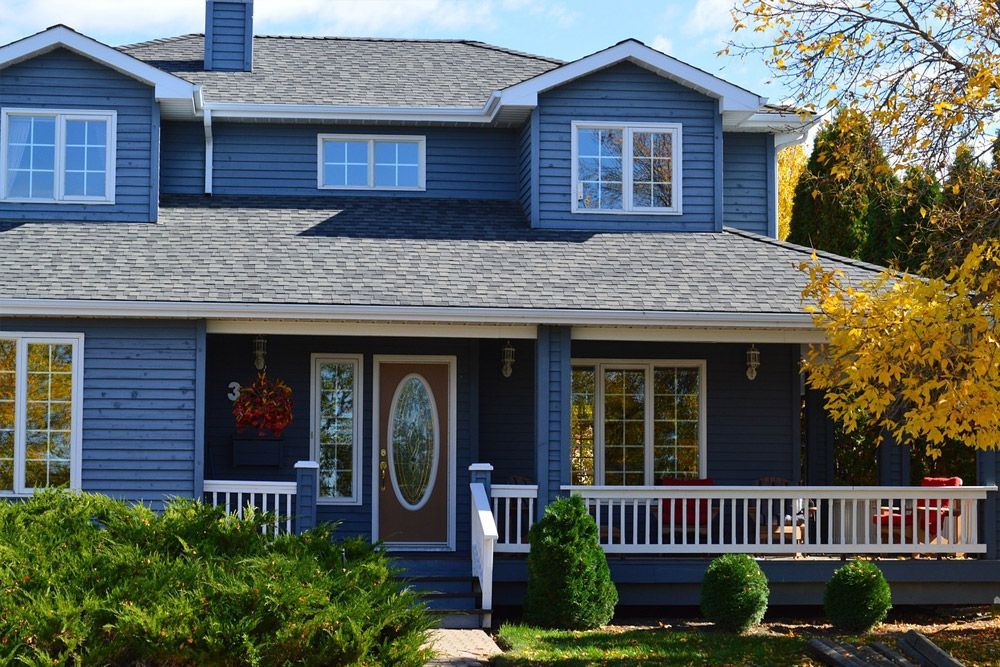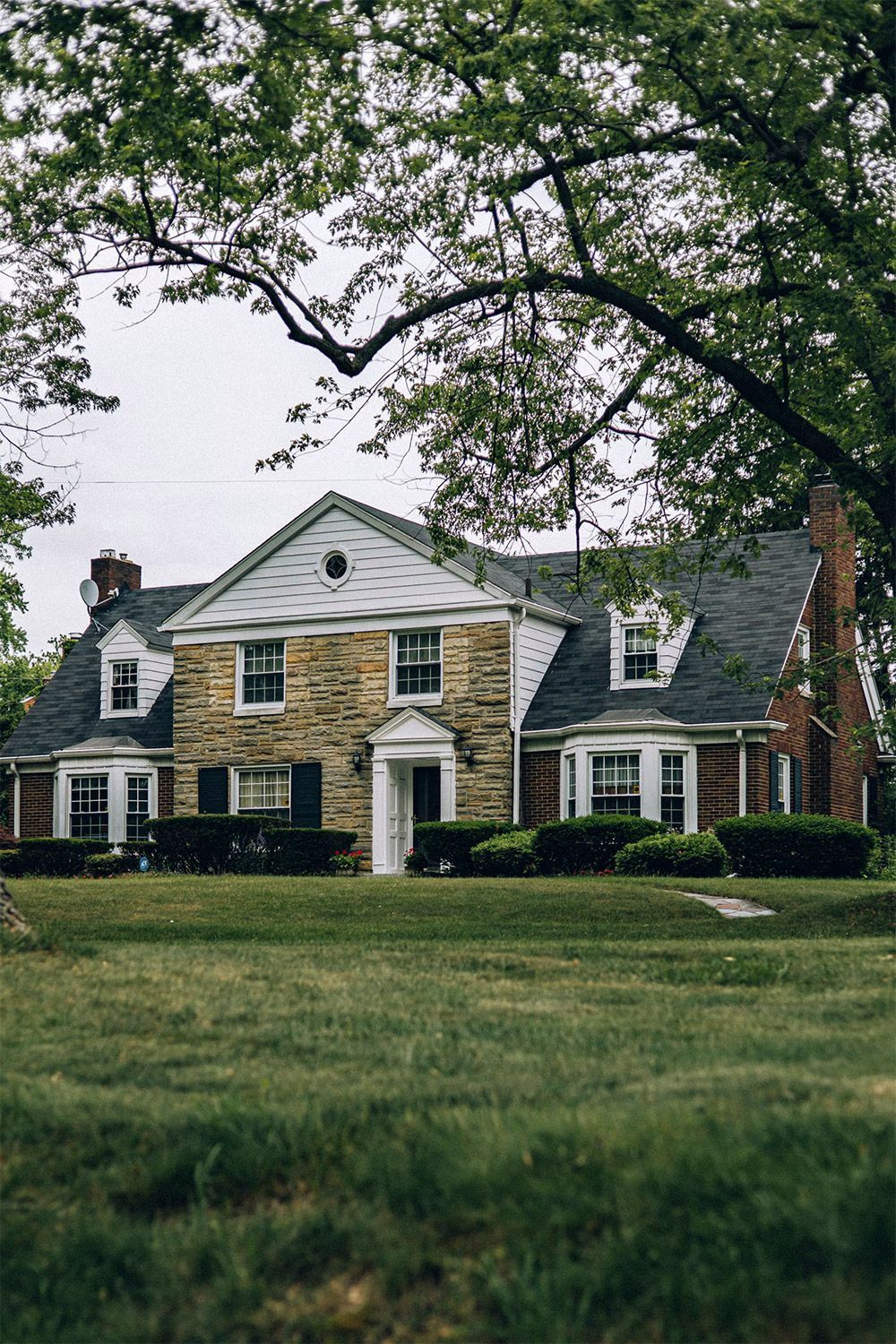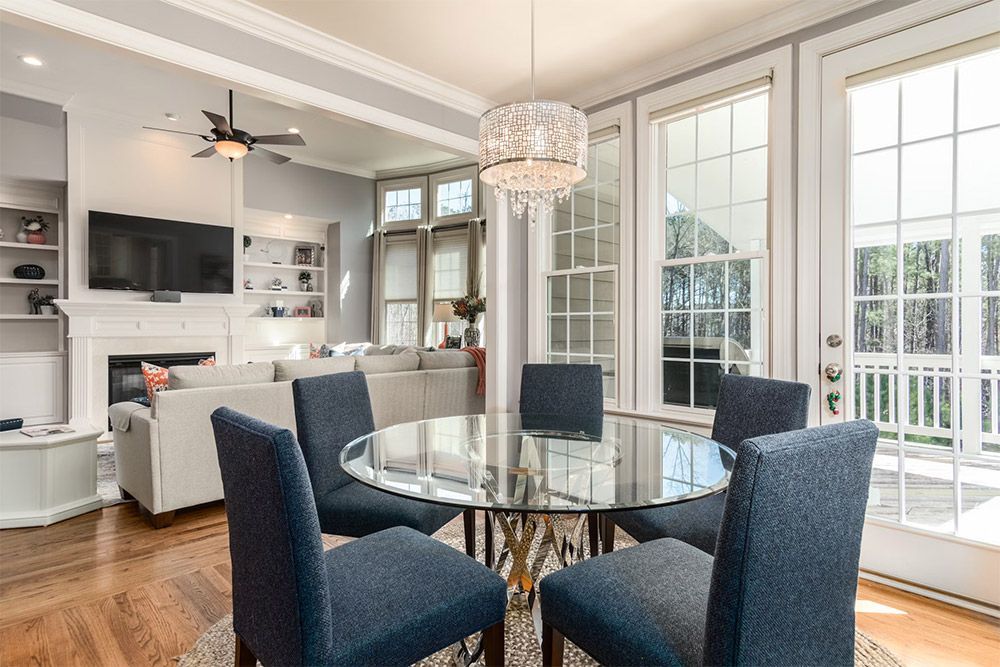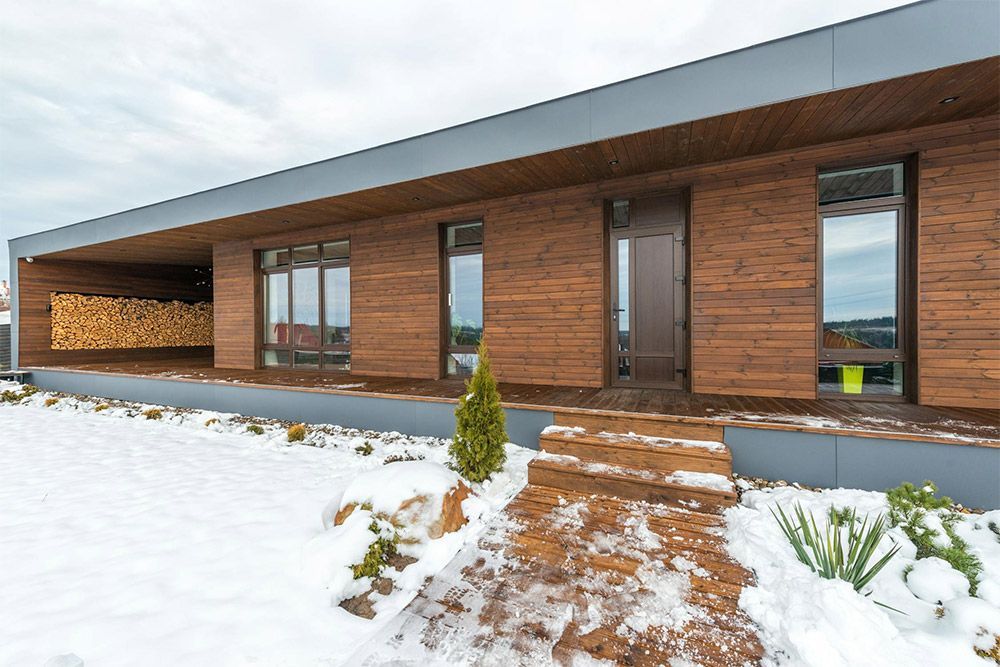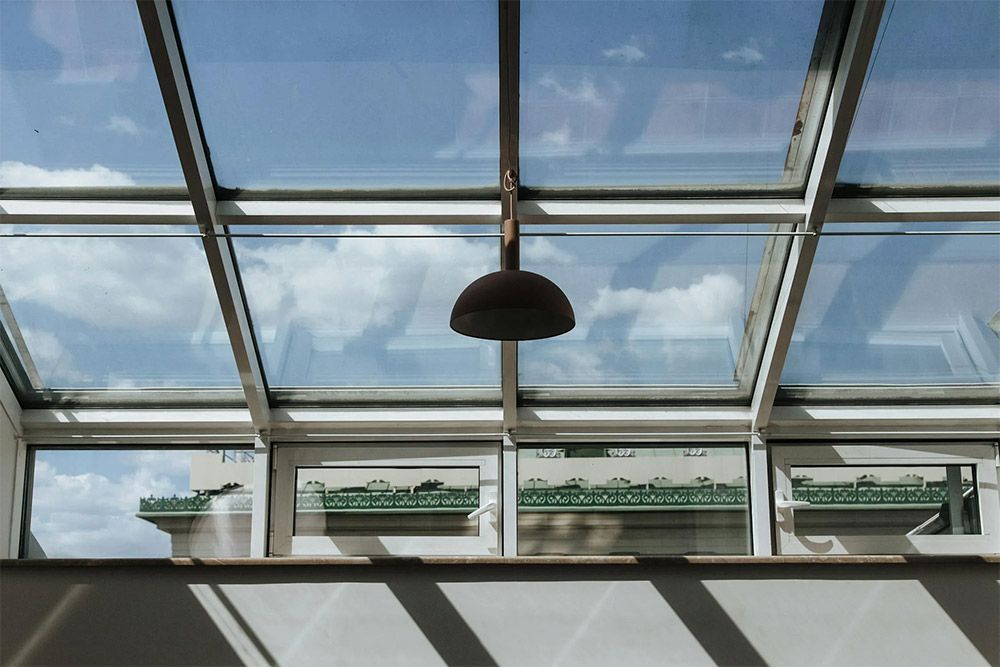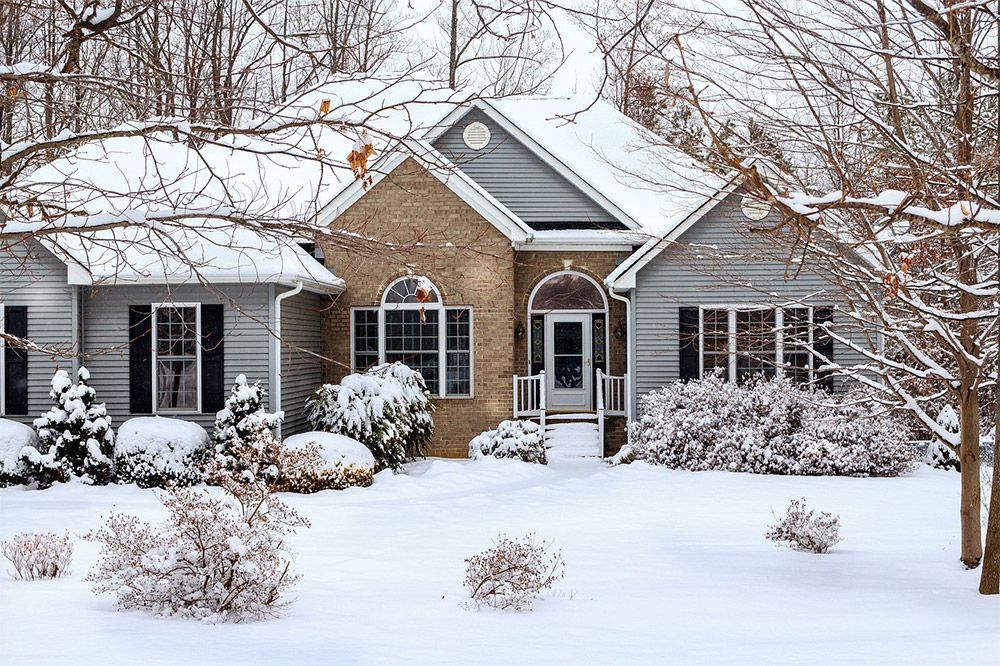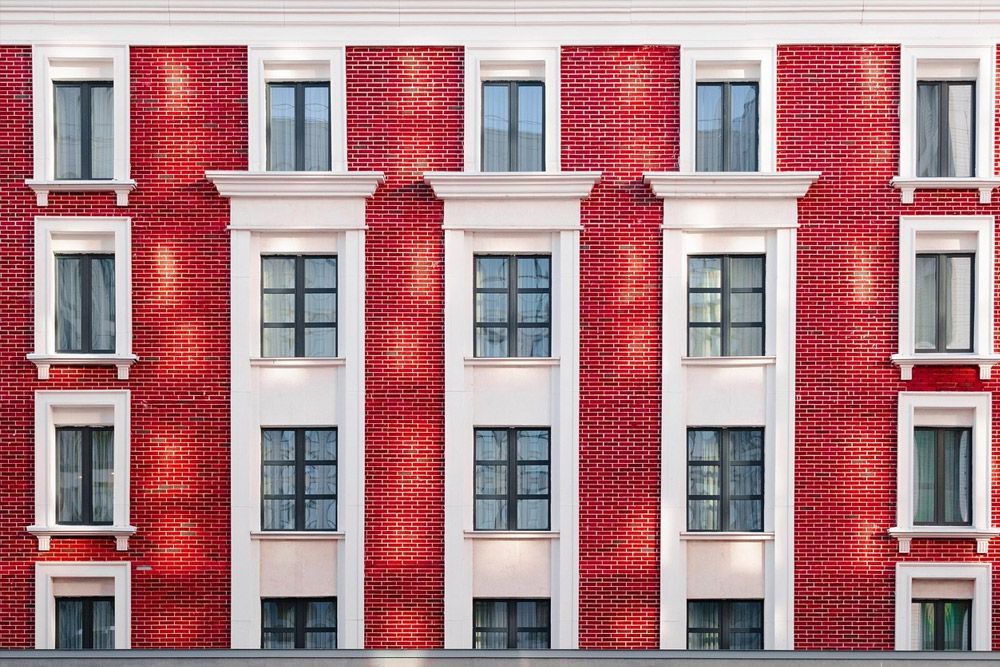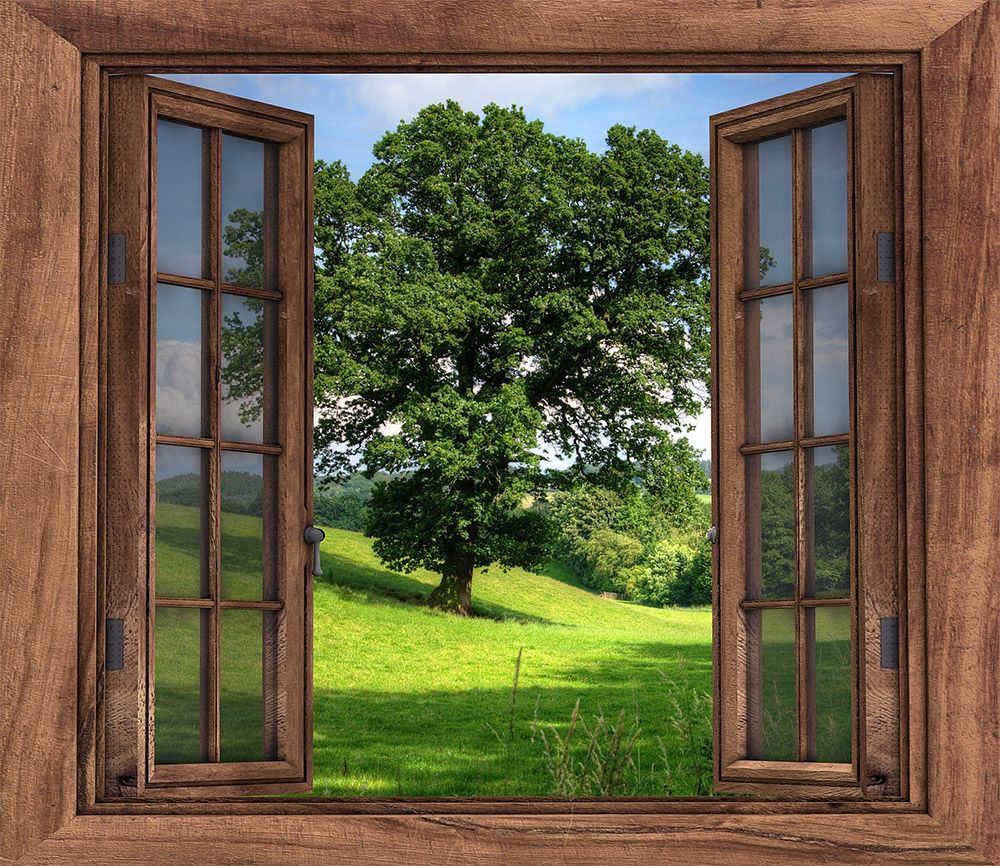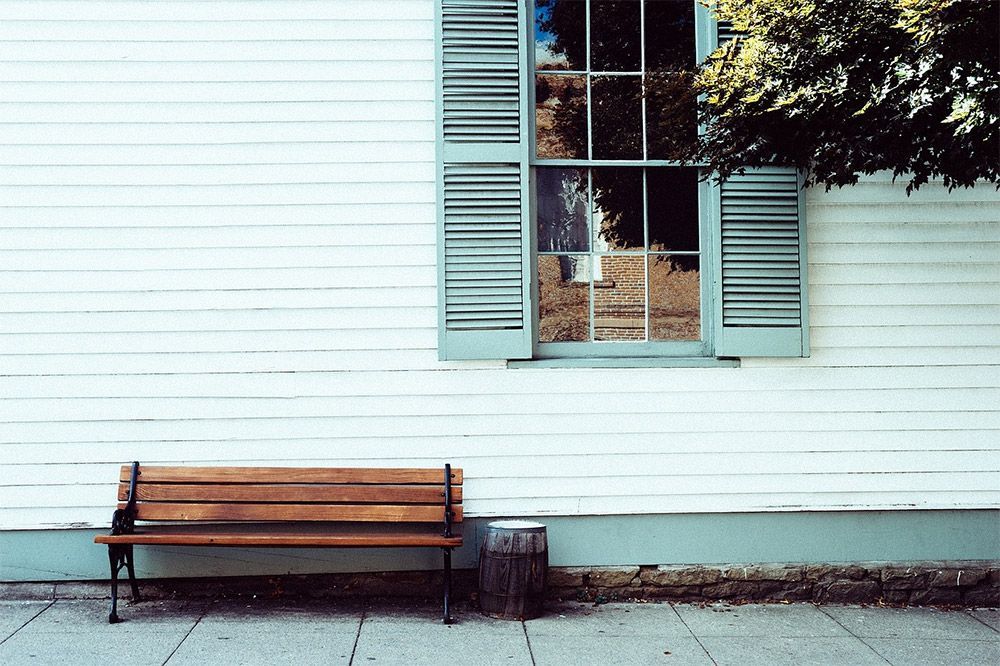How to Choose the Right Color and Texture for Your New Siding Installation
Selecting new siding is one of the most exciting and impactful home improvement projects you can take on. Not only does siding protect your home from the elements, but it also dramatically influences your home’s curb appeal and value. One of the most crucial aspects of selecting siding is deciding on the right color and texture. With so many choices on the market, the decision can feel overwhelming. Navigating the process of choosing siding in Fort Collins will help guide you to the right product to enhance your home’s aesthetics and complement its surroundings while standing the test of time.
Why Color & Texture Matter
Before exploring the selection process, it’s important to understand the importance of both of these elements. One of the main things the right color and texture of your siding can improve is your home’s curb appeal and resale value. First impressions matter. If you’re planning to stay in your home long-term or if you’re planning on selling within the next few years, siding is a prominent feature for your home. The right combination of color and texture can elevate your home’s appearance and boost its market value.
Different architectural styles are also better suited to certain siding looks. A craftsman-style bungalow, for example, may look bets with wood or fiber cement siding in earthy tones, while a modern home might call for crisp white panels with a sleek finish. Longevity and maintenance are also concerns. Some colors and textures are better at hiding dirt, wear, and weathering. Others may fade or show imperfections more quickly, which means more upkeep in the long run.
Work with the Roof & Other Exterior Elements
Your siding doesn’t exist in a vacuum. It needs to coordinate with your home’s roof, trim, doors, windows, and even landscaping. Your roof likely covers a large area and serves as a fixed color element for decades. If you have a warm-toned roof (brown, tan, terra cotta), opt for complementary warm hues like beige, cream, or olive green. If your roof is cool-toned (gray, black, slate), siding colors like blue, white, or gray will coordinate better.
Select siding that also works in harmony with your trim, shutters, and front door. High-contrast color combinations – like dark siding with white trim – can make architectural features pop, while monochromatic schemes create a subtler look. Take note of your surroundings. Home nestled in wooded areas might look best with nature-inspired colors and wood textures – while beach or desert settings call for lighter, more reflective shades.
Understand Material Options & Their Textures
Different siding materials come with their own textures and visual characteristics. Knowing the pros and cons can help you make a smart decision. Vinyl siding is a very popular options, as it comes in textures that are smooth, brushed, or wood-grain. It’s also low maintenance, affordable, and colorfast. It’s typically the best choice for budget-conscious homeowners looking for a range of textures and colors.
Wood siding has been around a long time, because it’s readily available in a number of textures like natural grain, shakes, shingles, or board-and-batten. It has an authentic look and timeless appeal, but comes with high maintenance and is prone to insects and rot. Fiber cement siding is another popular choice, with a variety of texture options like wood grain, smooth, stucco, or stone-like textures. This siding is also durable, fire-resistant, can mimic wood or masonry. This is best for homeowners wanting the look of wood without the upkeep.
Engineered wood is another stable alternative to wood siding. They come in wood-grain patterns with high uniformity. It’s less expensive than real wood, but provides more stability. It’s best for those seeking the appearance of wood with less maintenance. The most durable option is likely metal siding. It comes in smooth or ribbed panels, often in vertical configurations. Metal siding delivers a sleek and modern look and is best for contemporary homes and harsh climates.
Choose the Right Color Scheme
Now that you’ve considered your home’s style and materials, it’s time to narrow down a color. Neutral tones like whites, grays, taupes, and beiges are timeless and versatile. These colors work well with nearly any architectural style and provide a clean backdrop for accent colors. Earthy colors like greens, browns, and rusts help homes blend into natural environments and feel grounded. They’re ideal for craftsman-style homes or properties with lush landscaping.
On the dark side, colors like navy, charcoal, and forest green can be bold while creating a dramatic, sophisticated look. Just be sure to pair them with lighter trim or accents to avoid making the home feel heavy and closed off. If you want something softer, pastels and light colors are another option. Soft blues, pale yellows, and sage greens evoke a sense of cheerfulness and tradition. These are often found on coastal or cottage-style homes.
Use Color Theory & Contrast Wisely
Color theory can help you design a cohesive and visually appealing palette. Monochromatic uses different shades and tints of the same color. Because it’s shades of the same color, it can be harmonious and subtle. Analogous is the combination of colors that are next to each other on the color wheel (like blue and green, for example). This can provide a natural and relaxing look. Complementary colors pair colors that are on the opposite side of the color wheel (like red and green, for example). The high contrast with complementary colors creates strong visual interest.
When looking at the siding for your home, there are a few things to consider. For the typical home, you’ll want one main siding color coupled with one accent color. The accent color is for things like trim, shutters, or gables. You’ll also probably want to add one punch detail color – for your front door or other standout features. Coordinating the color is a big part of the process, so be sure to spend enough time to get exactly what you want.
Think Long-Term
You may love that bold and bright teal color now, but how will you feel about it in 10 years? Will it continue to hold up with your style? Or the style of others? Be sure to consider a number of factors when thinking about longevity. Always weigh the differences between what’s trendy and what’s timeless. Trendy colors can quickly feel dated. If resale is a concern, be sure to stick with classic shades.
Fading is also something that has to be taken into consideration. Darker colors can fade faster than lighter ones, especially in sunny climates. There may also be other stipulations and guidelines in place outside of your home. Make sure to check for neighborhood restrictions on siding colors and styles to stay within your community guidelines, if applicable.
Test Before You Commit
Before signing off on your final color and texture choices, you should test the waters on colors. Get physical samples from manufacturers to view in natural light at different times of day. Another great option is to use visualizer tools. Many siding companies offer online visualizers where you can upload a photo of your home and preview different color and texture combinations. Another good tip is to simply consult a professional. A contractor or design consultant can provide advice based on experience and knowledge of how materials perform in your climate.
Combine Color & Texture for Maximum Impact
Texture can create shadows, depth, and visual interest that flat color alone can’t provide. There are a bunch of ways to make texture work in your favor. One primary way to do this is by using texture to break up large surfaces. If your home has a large expanse or a flat wall, consider adding shakes, board-and-batten panels, or stone accents to avoid a monotonous look.
You can also highlight architectural details – particularly if your home is historical. Use different textures on gables, dormers, or bump-outs to emphasize these features. You can also mix materials to get very unique results. Pair smooth fiber cement lap siding with a stone or brick wainscot for a high-end finish. You can also contrast horizontal siding with vertical accents on garage walls or entryways.
Most Importantly, Make it Yours
Choosing the right color and texture for your new siding installation is part science and part art. It’s about understanding your home’s architectural needs, balancing visual appeal with practicality, and selecting a look that reflects your individual style. Take your time, gather information, and remember that the right combination will not only protect your home – it will make you fall in love with it all over again.
You want to choose a siding material with the right texture and color, but it also has to fit within your budget. There are a number of ways to achieve the visual interest, by combining colors and textures, so it’s important to plan thoroughly before getting started. For more information, reach out to the experts at Window & Siding Outlet today.


